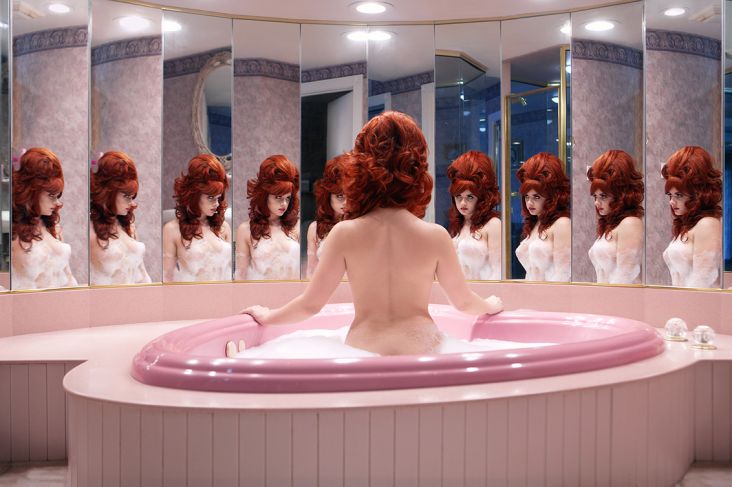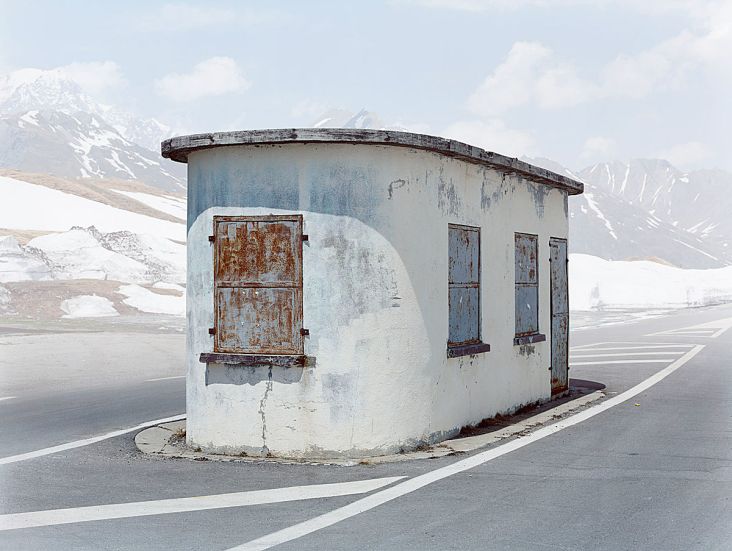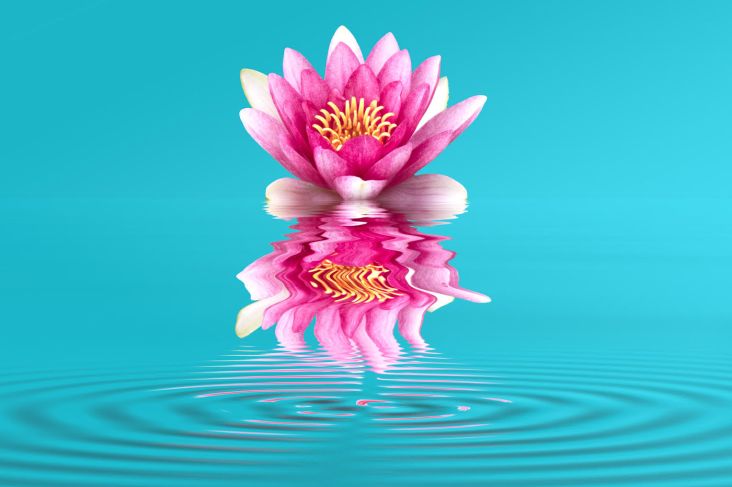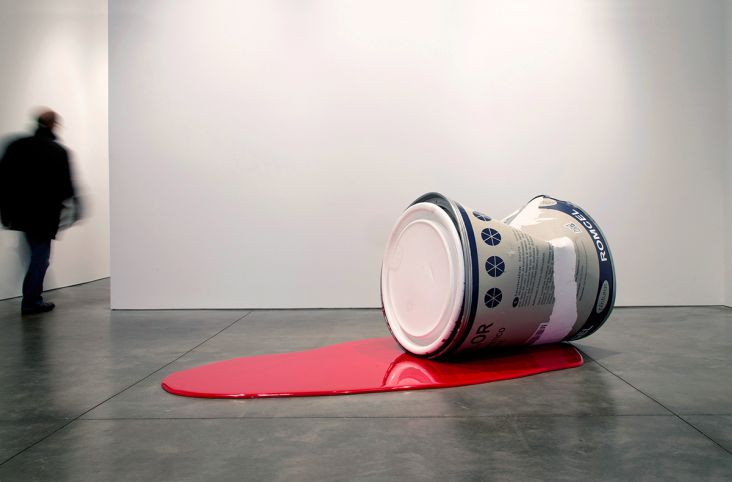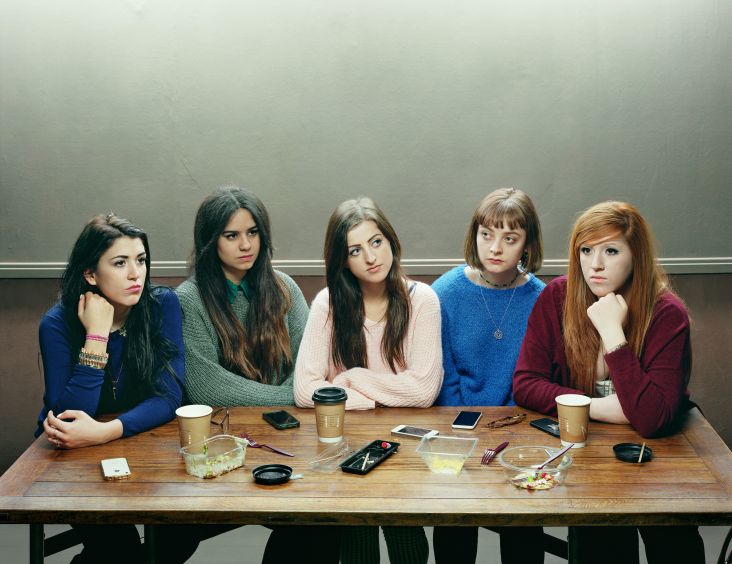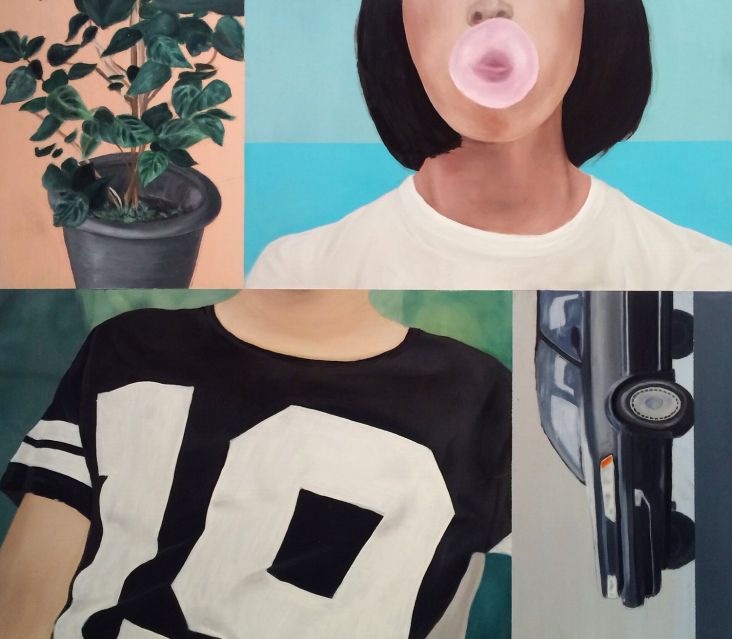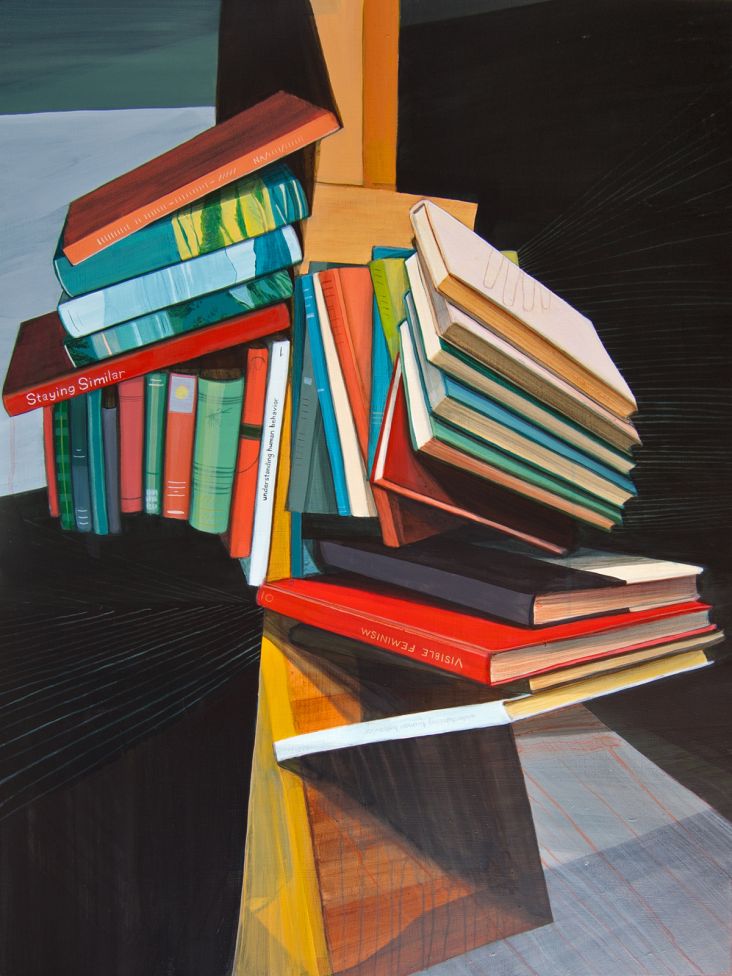Plastic found during 1,000 nautical-mile journey transformed into luxury sculptures
It might surprise you to find that the material used for these beautifully crafted sculptures was collected from the surface of the ocean. The project – entitled Gyrecraft – is the result of a 1,000 nautical-mile journey across the North Atlantic Ocean, by Studio Swine co-founders Alexander Groves and Azusa Murakami. Along the way they collected plastic flotsam and jetsam, which they transformed using a Solar Extruder process to melt the 'sea plastic' through the heat of the sun.
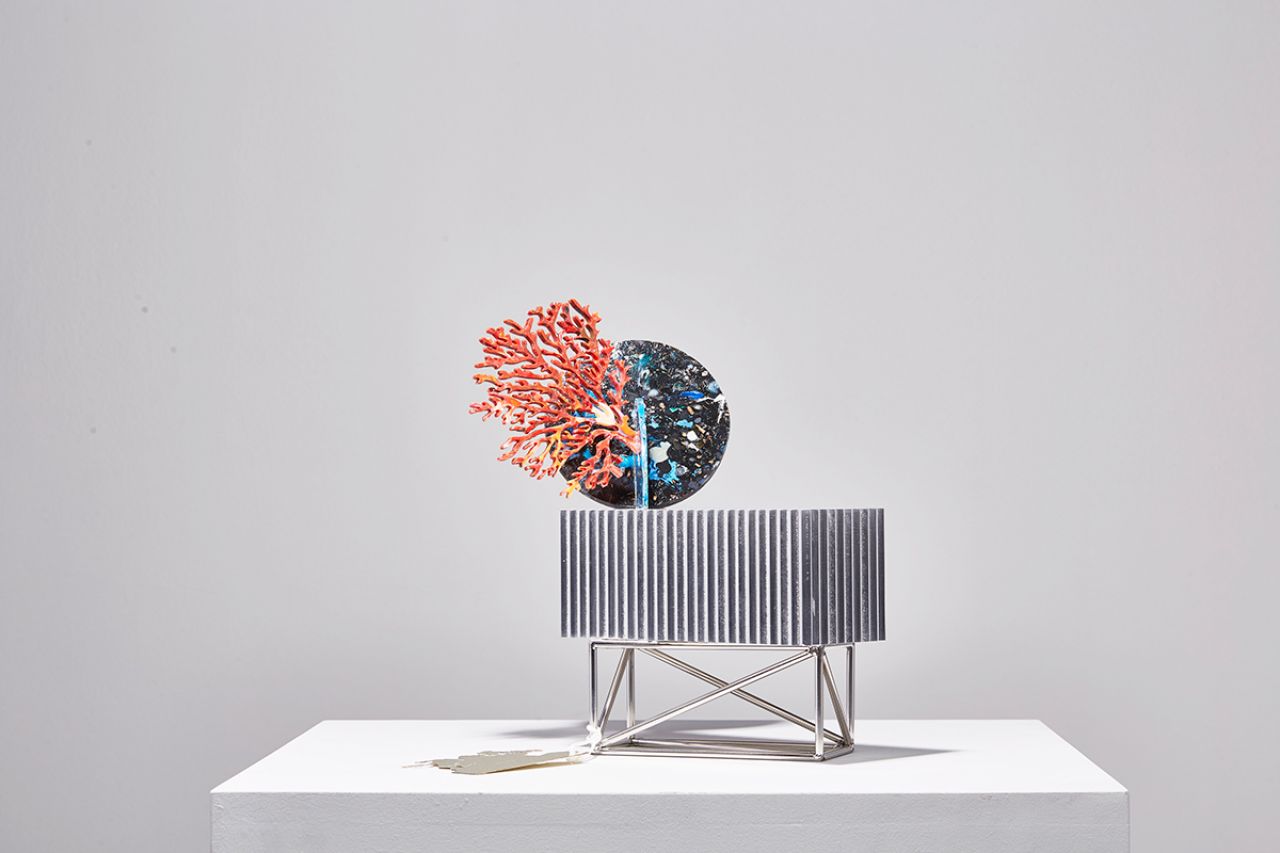
The duo explains: "In the swirling gyre, most of the plastics break down into tiny fragments that are spread over massive stretches of the ocean. Owing to their size, they are incredibly difficult to recover in any large quantity, making this once disposable material very precious."
In response to this, the Gyrecraft collection presents 'sea plastic' as "a valuable and desirable material reminiscent of turtle shell and corals.
"The five objects represent the five major ocean gyres. The aim is to use plastic in a more artisan, innovative way, which adds value to an undesirable material while drawing attention to the prevalence of a largely invisible problem throughout the world's oceans."
Alongside the ecological aspect of the project, the dual aim was to explore maritime crafts that traditionally would be undertaken on long voyages as a way to pass the time whilst at sea. In 2016, the creative technique takes on a new and rather sobering angle in the form of the ever-rising problem of sea pollution.
This isn't the first time that Studio Swine has tackled the topic of pollution. The Sea Chair project, undertaken alongside Kieren Jones, merges craft and design to produce a series of chairs that utilise plastic collected at sea. The first chair was unveiled at Milan Design Week 2012, after being awarded the RCA Sustain Award in 2011.
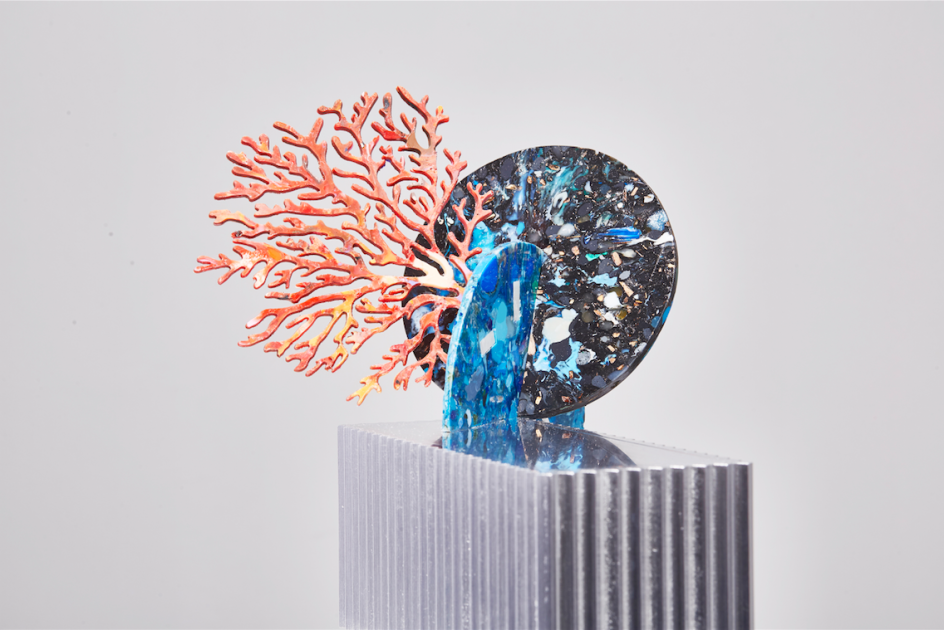
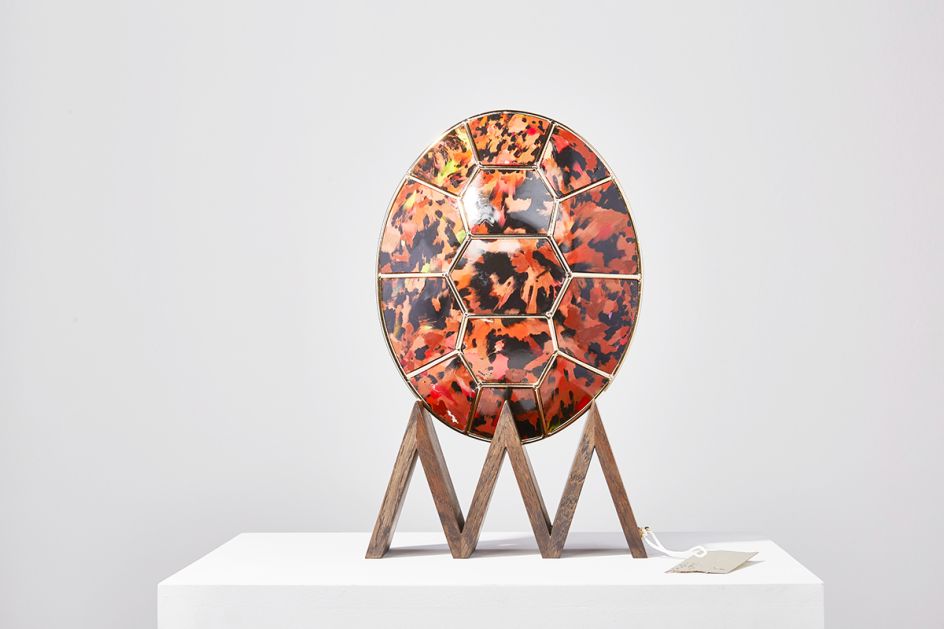
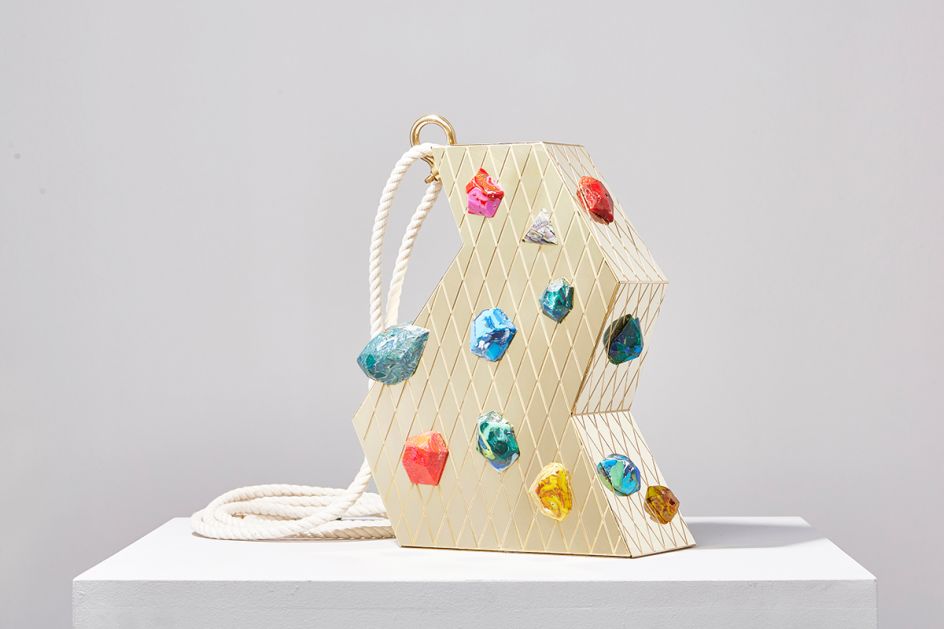
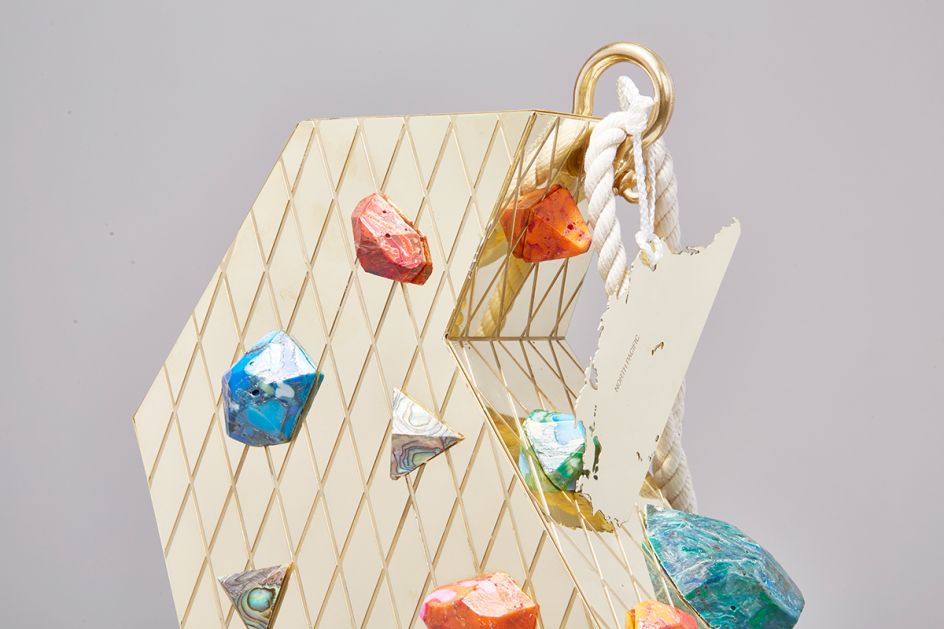
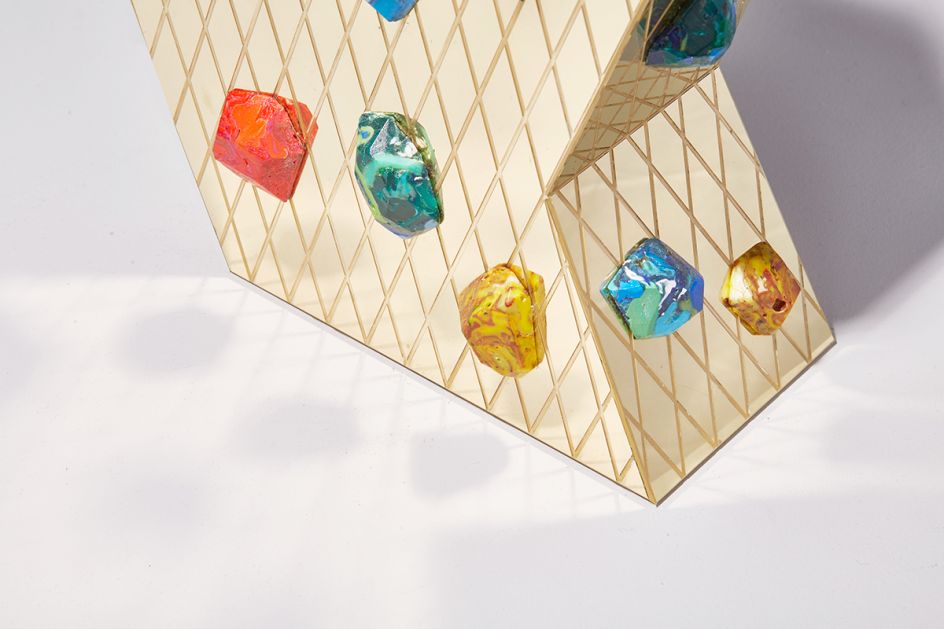
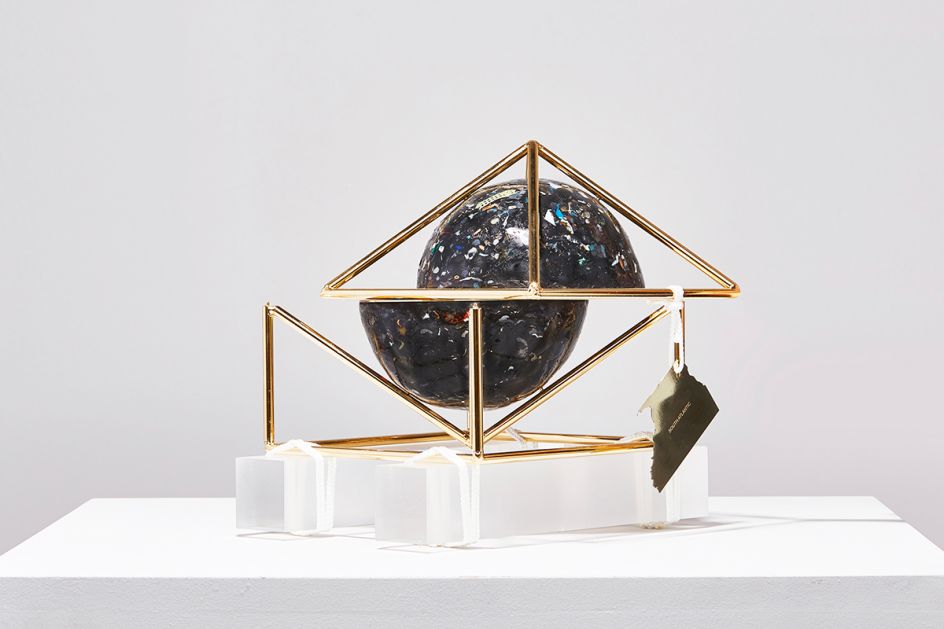
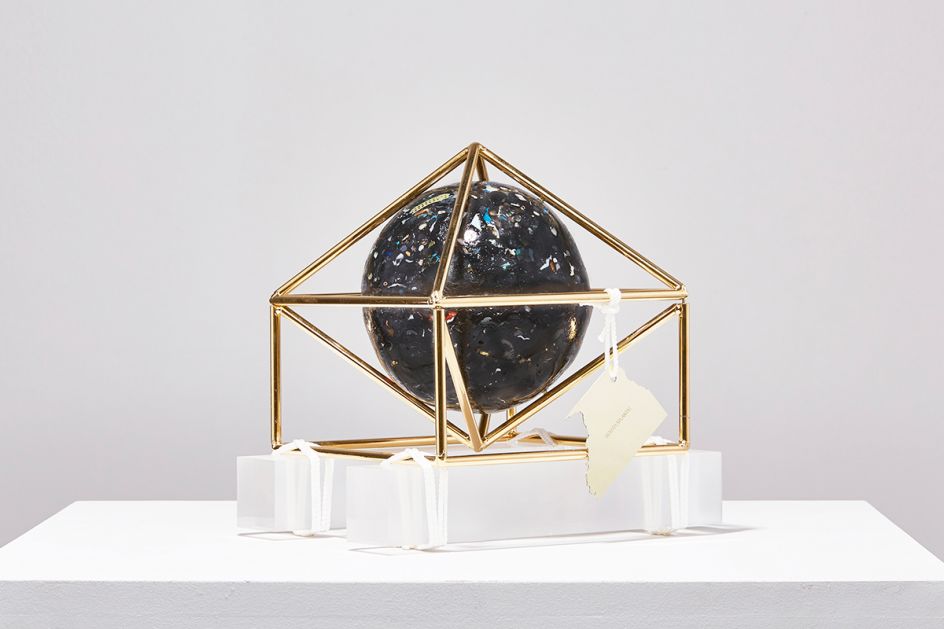
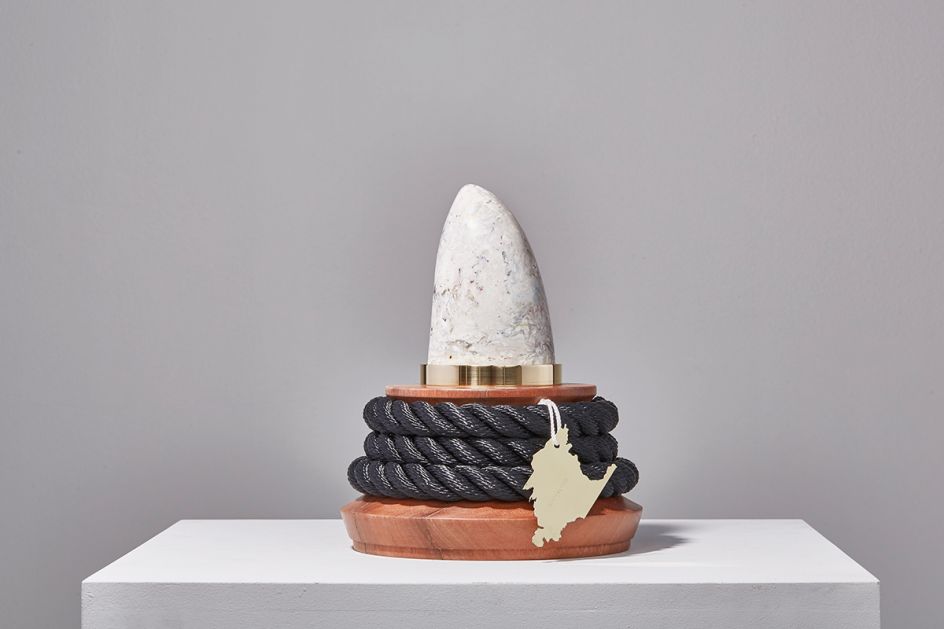
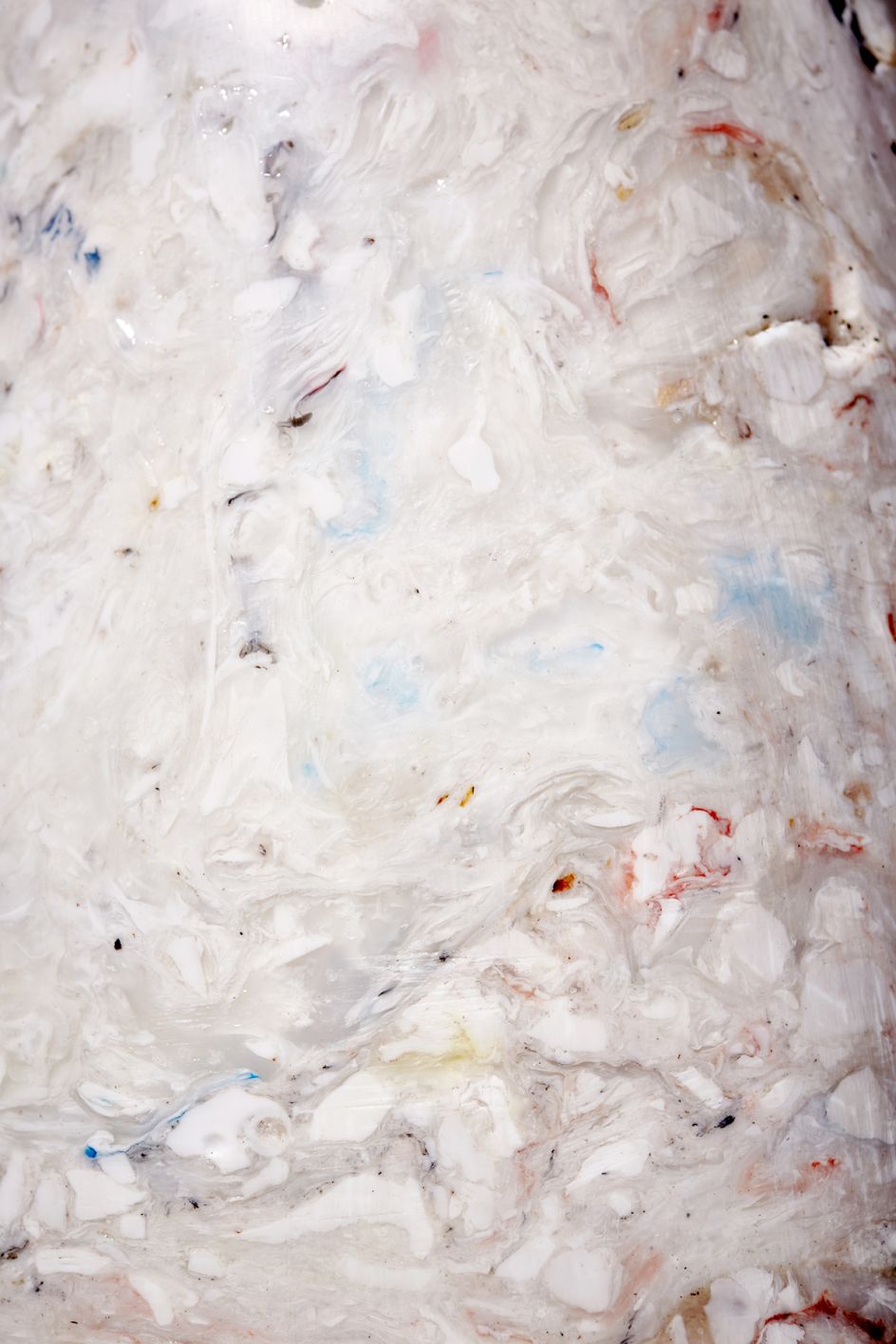




 by Tüpokompanii](https://www.creativeboom.com/upload/articles/58/58684538770fb5b428dc1882f7a732f153500153_732.jpg)


 using <a href="https://www.ohnotype.co/fonts/obviously" target="_blank">Obviously</a> by Oh No Type Co., Art Director, Brand & Creative—Spotify](https://www.creativeboom.com/upload/articles/6e/6ed31eddc26fa563f213fc76d6993dab9231ffe4_732.jpg)








